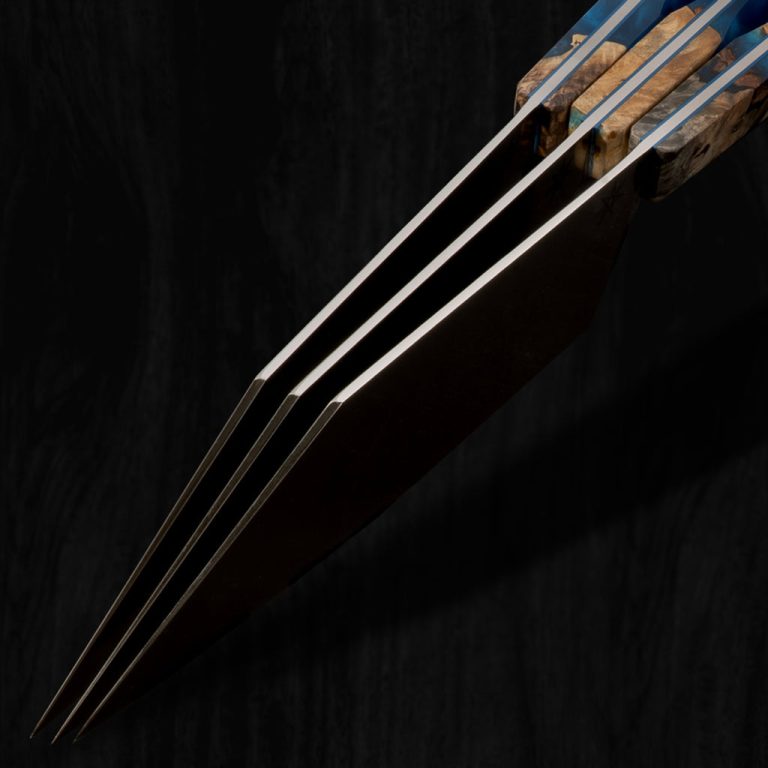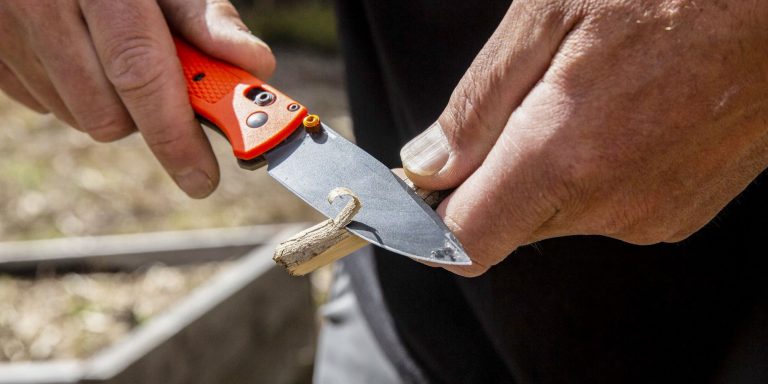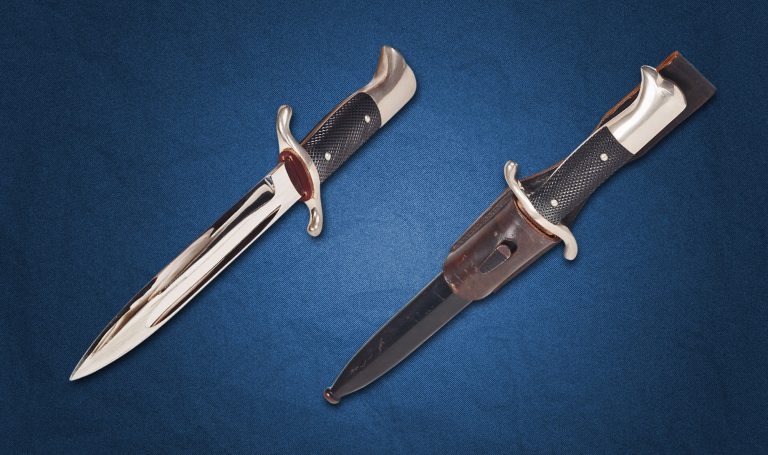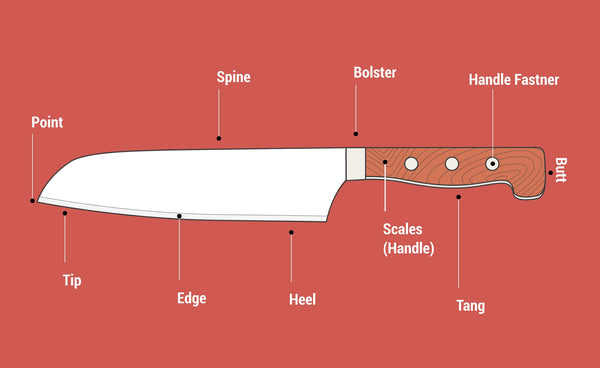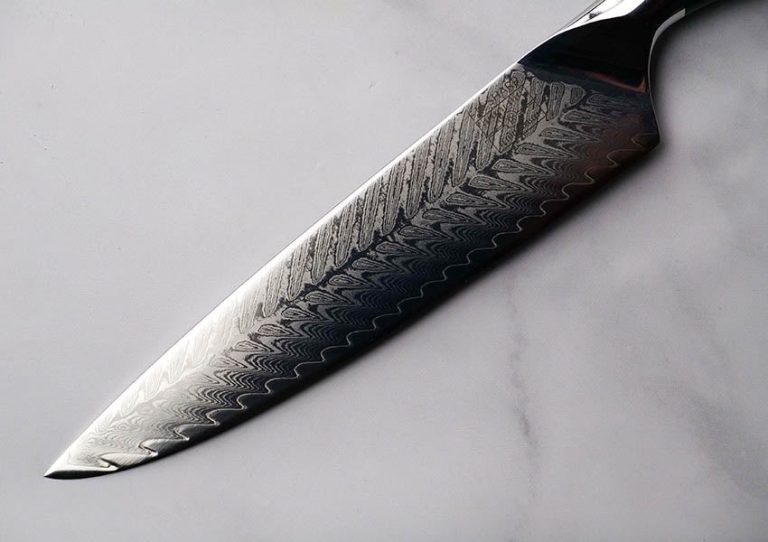Chef Knife Size: Unleash the Power of Perfect Proportions
A chef knife size can vary, but it typically ranges from 8 to 10 inches in length. A chef knife is an essential tool in every kitchen, and its size plays a crucial role in its functionality.
The length of the blade affects the knife’s versatility and efficiency in different tasks. A longer blade, such as a 10-inch knife, offers more control and is ideal for slicing, dicing, and chopping larger ingredients. On the other hand, an 8-inch knife is lighter and easier to maneuver, making it suitable for precision tasks like mincing herbs or slicing fruits.
Understanding the appropriate chef knife size for your needs can significantly impact your cooking experience, and ultimately, the quality of your culinary creations.
The Importance Of Chef Knife Size
The size of a chef knife plays a crucial role in the kitchen. It affects your control, precision, and overall efficiency when cutting. Choosing the right size ensures that you can handle tasks with ease and expertise.
For enhanced control and precision, a chef knife with a blade length of 8-10 inches is ideal. This size offers better maneuverability, allowing you to make precise cuts with ease.
Moreover, the right knife size improves efficiency in the kitchen. A larger blade enables you to cut through larger ingredients effortlessly, reducing the time spent on each task. On the other hand, a smaller blade is perfect for intricate work, such as mincing or peeling.
Whether you’re a professional chef or a cooking enthusiast, understanding the importance of chef knife size is key. By selecting the right size for each task, you can elevate your culinary skills and make your time in the kitchen more enjoyable.
Factors To Consider For Optimal Chef Knife Size
| Factors to Consider for Optimal Chef Knife Size |
|---|
|
Choosing the right chef knife size is crucial for a comfortable cooking experience and optimal performance. One important factor to consider is the blade length and its versatility. The length of the blade determines how effectively you can tackle different tasks in the kitchen. For example, a longer blade is ideal for slicing and chopping larger ingredients, while a shorter blade provides better control for intricate tasks like peeling or deveining. Another factor to keep in mind is the handle size and grip. Having a handle that fits comfortably in your hand enhances precision and reduces the risk of accidents. Look for a chef knife with an ergonomic handle design that offers a secure and firm grip. The balance and weight distribution of the knife are also crucial considerations. A well-balanced knife feels more agile and reduces strain on your hand and wrist. Find a knife that evenly distributes its weight across the blade and handle for a better cutting experience. In choosing the optimal chef knife size, consider factors such as blade length, handle size, grip, balance, and weight distribution, to ensure a knife that suits your culinary needs and enhances your cooking performance. |
Choosing The Perfect Chef Knife Size
Choosing the Perfect Chef Knife Size
Understanding your cutting needs is crucial. The right chef knife size significantly impacts your cooking experience. When selecting a blade length, consider the tasks you frequently undertake in the kitchen. For precise cuts, a shorter blade, typically around 6-8 inches, is suitable. If you often deal with larger ingredients or prefer a rocking motion, a longer blade, 8-10 inches, is more appropriate. It provides better leverage and stability. Similarly, handle size is equally important. Testing different handle sizes will help you find the one that fits your hand comfortably, ensuring a firm grip while minimizing strain during long hours of meal preparation. Whether you’re a professional chef or an occasional cook, choosing the right chef knife size will enhance your efficiency and make the cooking process more enjoyable.
The Benefits Of A Properly Sized Chef Knife
A properly sized chef knife offers several benefits that enhance your cutting experience and technique. The size of the chef knife plays a crucial role in the efficiency and precision of your cuts. The right size allows for better control and maneuverability, enabling you to chop, slice, and dice with ease.
One notable advantage is the reduced hand fatigue and strain. With a properly sized chef knife, your hand will not feel as tired, even during extended periods of chopping and slicing. This allows you to maintain a comfortable grip and maintain accuracy throughout your culinary tasks.
Furthermore, using a chef knife that is the right size promotes improved safety. The blade’s length and weight ensure better control over your cuts, reducing the risk of accidents and injuries. With enhanced control, you can confidently maneuver the knife to achieve precise cuts without compromising safety.
Customizing Chef Knife Size For Different Tasks
| Chef Knife Size |
| Customizing Chef Knife Size for Different Tasks |
|
| The size of a chef knife plays a crucial role in its performance for different tasks. When it comes to slicing and dicing vegetables, a longer blade allows for smoother and more precise cuts. Additionally, a **sharp** blade is important to minimize tearing. On the other hand, when chopping and mincing herbs, a shorter blade provides better control and ease of maneuverability. The size of the knife also affects the weight, which can impact user comfort and fatigue. For carving meats and fish, a longer blade again proves beneficial, offering clean and effortless slices. It is important to choose the right chef knife size based on the specific tasks at hand. Properly customized chef knife size ensures efficiency and enhances the overall cooking experience. |
Common Misconceptions About Chef Knife Size
Bigger is not always better when it comes to chef knife size. There is a common misconception that a larger knife will automatically make your cooking experience better, but that’s not necessarily true. Smaller knives can be just as effective and, in some cases, even more versatile. When selecting a chef knife, it’s important to tailor the size to your individual preference and needs. Consider how you’ll be using the knife. Are you comfortable maneuvering a larger blade? Or do you prefer the agility and precision of a smaller knife? Remember, a knife that fits comfortably in your hand will ultimately make your chopping, slicing, and dicing tasks much easier and more enjoyable. |
Achieving Balance And Control With Chef Knife Size
Choosing the right chef knife size is essential for achieving balance and control in the kitchen. Proper grip and hand placement are crucial factors to consider when selecting a knife. The size of the knife should fit comfortably in your hand, allowing for a secure grip and preventing slippage during use. This ensures stability and control, reducing the risk of accidents and enhancing cutting precision.
In addition to grip, maintaining knife balance during use is equally important. A well-balanced knife allows for fluid movements and effortless maneuverability. It ensures that the weight distribution is optimal, minimizing strain on your hand and wrist. This enables you to work efficiently and with ease.
Developing cutting skills with the right size knife is also significant. It enables you to perform various cutting techniques accurately. A smaller chef knife provides more precision for intricate tasks, while a larger one can handle heavier ingredients. Selecting the appropriate size based on your skills and the tasks at hand will enhance your overall culinary experience.
| Knife Size | Benefits |
|---|---|
| Smaller | Greater precision for intricate tasks |
| Larger | Efficient handling of heavier ingredients |
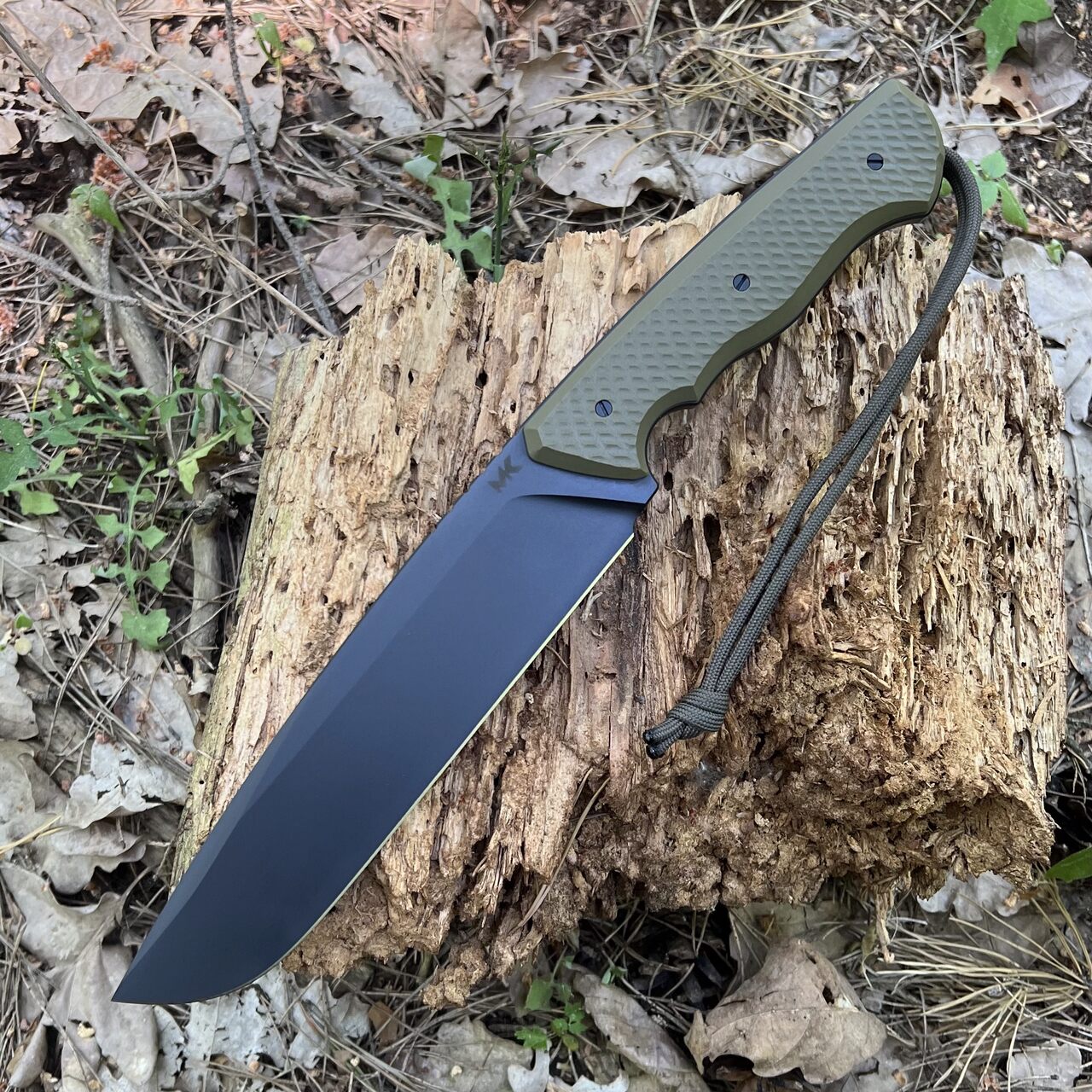
Credit: kapuga.pl
Chef Knife Size Maintenance And Sharpening
For smaller chef knives, a honing rod or sharpening stone can be used to maintain the sharpness. Regular honing is recommended to keep the edge aligned and prevent dullness.
On the other hand, larger chef knives may require more attention to balance and weight distribution over time. Professional sharpening services can provide precision sharpening, ensuring the blade stays in top condition.
In addition to sharpening, it’s essential to properly care for the blade. This includes cleaning and drying the knife after each use, storing it in a knife block or sheath, and avoiding contact with hard surfaces that could damage the edge.
| Size | Sharpening Technique |
|---|---|
| Small chef knives | Honing rod or sharpening stone |
| Large chef knives | Professional sharpening service |
By understanding the maintenance needs of different chef knife sizes, you can ensure longevity and optimal performance in the kitchen.
Expanding Your Culinary Skills With Chef Knife Size
Expanding Your Culinary Skills with Chef Knife Size
Experimenting with different sizes for diverse dishes can greatly enhance your culinary repertoire. As a chef, adapting to new cutting techniques with the right knife is essential for achieving precision and efficiency in the kitchen. Whether you’re slicing delicate ingredients or tackling larger cuts, having the appropriate knife size is crucial.
By utilizing various knife sizes, you can unlock your creativity and offer unique presentations for your dishes. Smaller knives are ideal for intricate tasks such as julienning or mincing, while larger knives excel at carving and chopping. They provide stability and control when handling larger ingredients like meats and vegetables.
Awareness of the diverse options available and experimenting with different knife sizes will open up opportunities to optimize your culinary skills. Enhance your efficiency and precision in the kitchen by choosing the right chef knife size for each particular task.
Getting The Most Out Of Your Chef Knife Size
Regular cleaning and maintenance is essential to ensure you are getting the most out of your chef knife size. Keeping your knife clean helps to prevent build-up of bacteria and food residue, ensuring optimal hygiene and food safety. Use warm soapy water to wash your knife after each use and dry it thoroughly to prevent rusting. Proper storage is also crucial for safety and longevity. Invest in a knife block or magnetic strip to keep your knives organized and within easy reach. Avoid storing them loosely in drawers where they can become damaged or pose a risk of injury. Lastly, investing in high-quality, well-sized knives is important for efficient and precise cutting. Choose a chef knife size that feels comfortable in your hand and suits the tasks you regularly perform in the kitchen.
Conclusion
After considering the various factors involved in choosing the right chef knife size, it is clear that size does matter. While both large and small knives have their advantages, it ultimately depends on the individual chef’s preferences and the tasks they regularly perform in the kitchen.
A larger knife with a longer blade is ideal for tasks such as chopping and slicing, providing more control and efficiency. On the other hand, a smaller knife with a shorter blade is better suited for delicate tasks like peeling and precise cuts.
It’s important to select a chef knife size that suits your hand size and comfort level, allowing you to work comfortably and safely. Remember, the right chef knife can truly enhance your culinary experience and efficiency in the kitchen. So take your time to evaluate your needs and make a well-informed decision when selecting the perfect chef knife size for you.

